Content Status
Type
Linked Node
LPA: Principles and Technique
Learning ObjectivesDiscuss the basic principles of the LPA technology.
Explain the steps(techniques) in performing the LPA test.
The Line Probe Assay (LPA) is a strip based rapid molecular technique based on polymerase chain reaction (PCR) to detect Mycobacterium tuberculosis and resistance to anti-TB drugs.
LPA detects resistance to Rifampicin (R), Isoniazid (H), Fluroquinolones (FQ); (Ofloxacin, Ofx; Levofloxacin, Lfx; Moxifloxacin) and second-line injectable (SLI); (Kanamycin, Km; Amikacin, Am) drugs.
Principle of LPA
LPA determines the drug resistance profile of Mycobacterium tuberculosis through patterns of binding of PCR amplified products (amplicons) to probes targeting the most common resistance-associated mutations to anti-TB drugs and to probes targeting the corresponding wild-type (WT) DNA sequence.
Mutations are detected by:
- Binding of amplicons to probes targeting the most commonly occurring mutations (MUT probes)
- Inferred by the lack of hybridization; that is the lack of binding of the amplicons to the corresponding Wild Type probes.
The post-hybridization reaction leads to the development of coloured bands on the test strip detecting probe binding.
Technique of LPA
1. DNA is extracted from M. tuberculosis using Genolyse kit
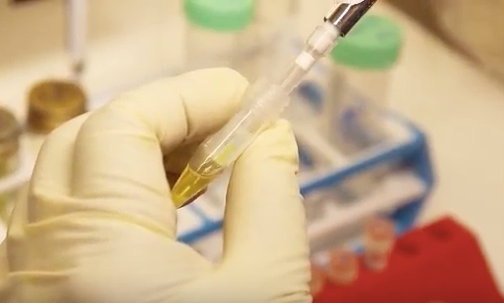
2. Amplification of extracted DNA by polymerase chain reaction (PCR) using biotinylated primers
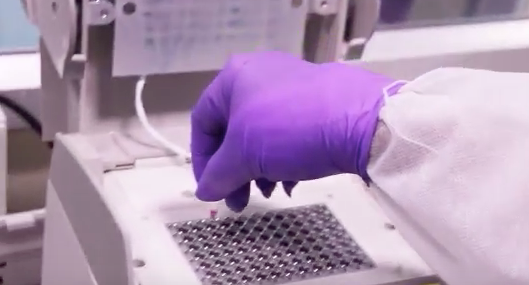
3. Reverse hybridization of amplified DNA to specific DNA probes bound on membrane strips
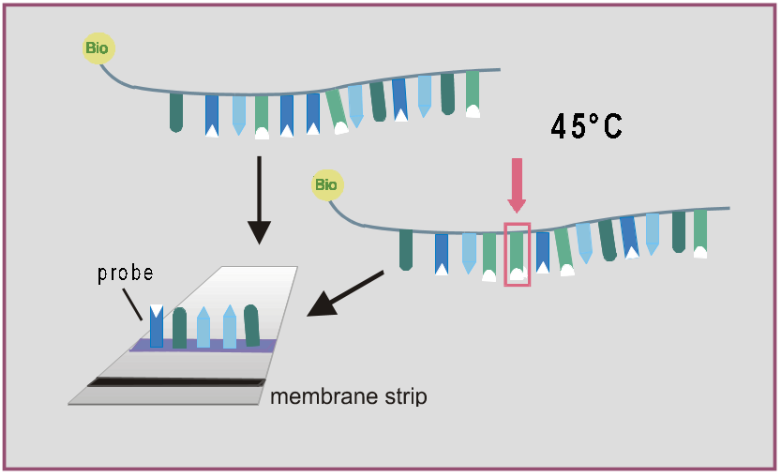
4. Conjugate binding and substrate reaction to detect coloured precipitate on membrane strips
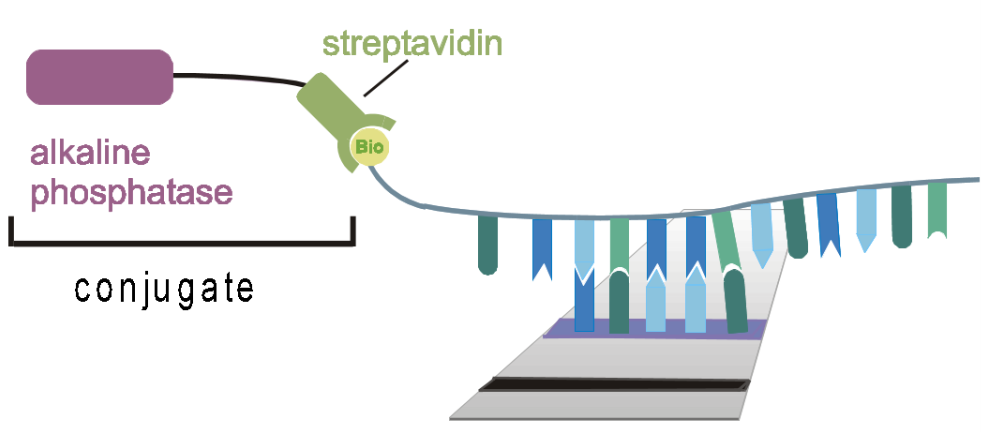
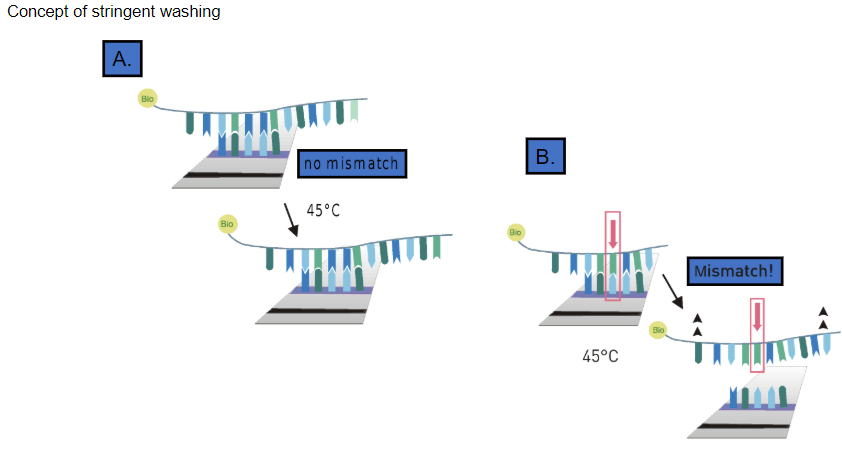
Resources
Kindly provide your valuable feedback on the page to the link provided HERE
Content Creator
Reviewer
- Log in to post comments